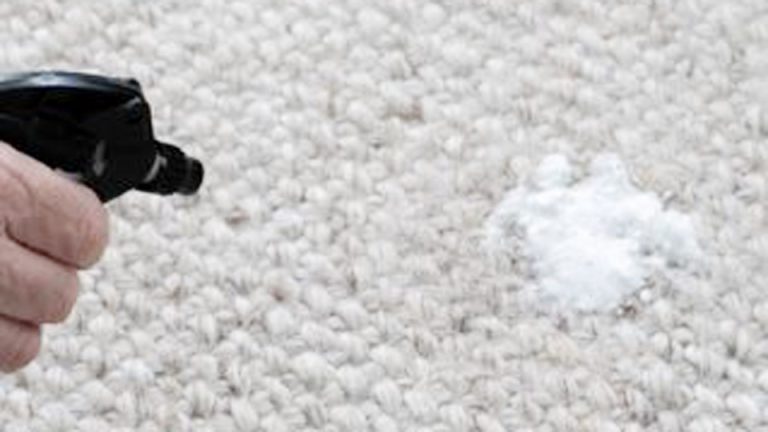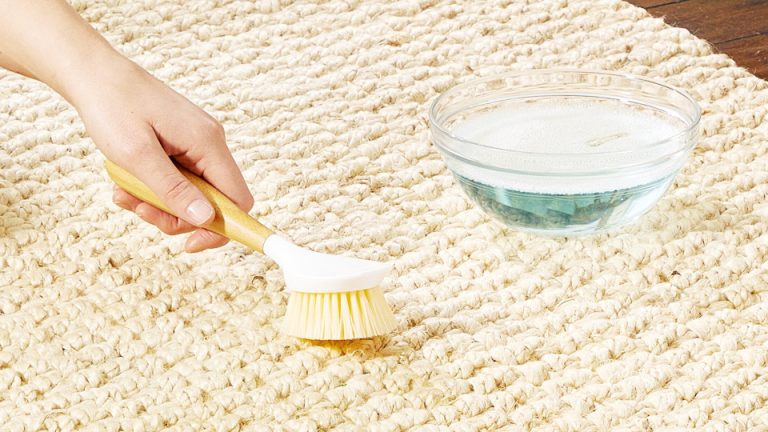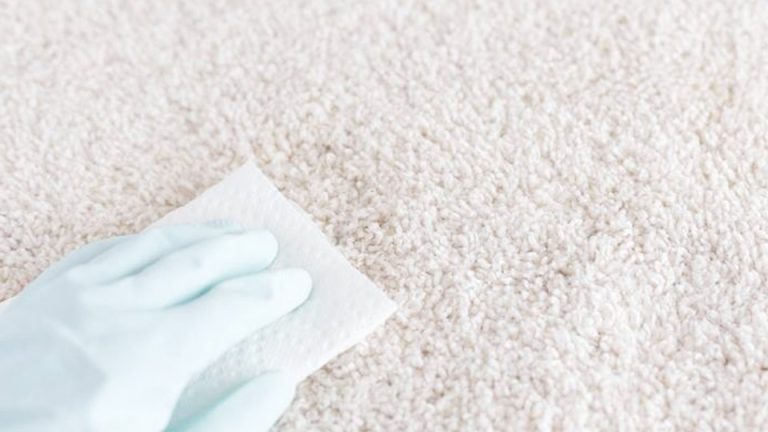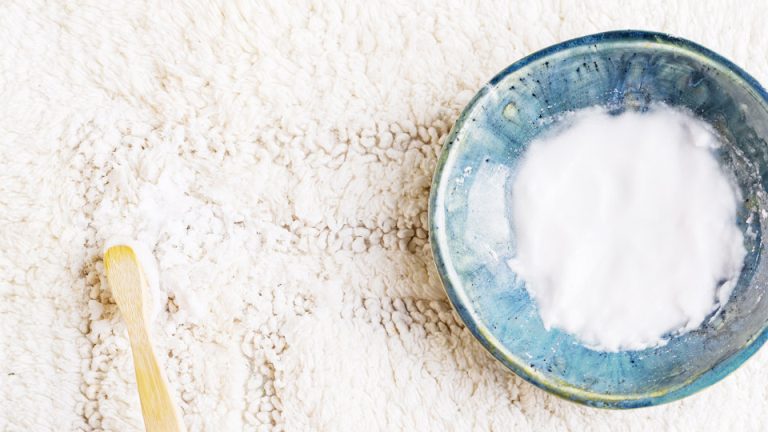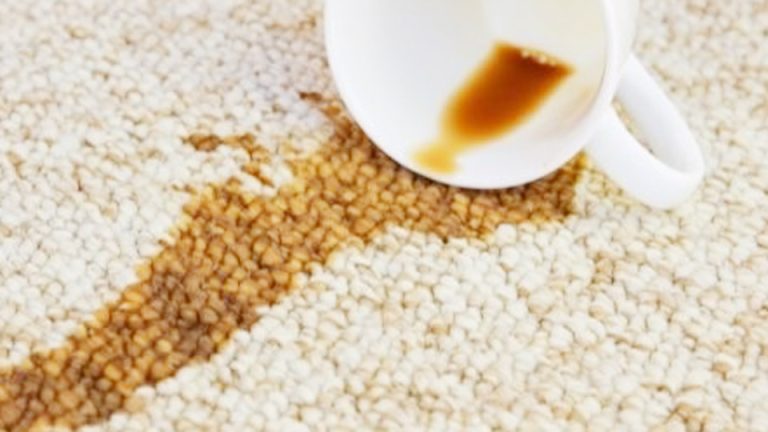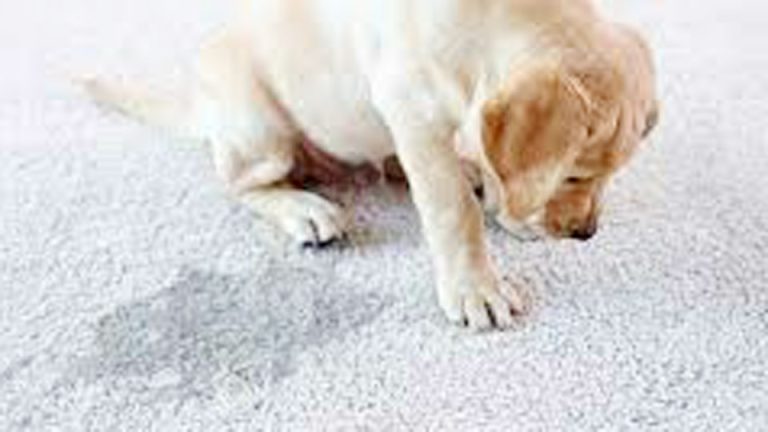I know the struggle of keeping rugs looking fresh and vibrant. Between muddy paw prints from my dog Max, coffee spills from rushed mornings, and dust from everyday life, my living room rug has seen it all.
That’s why I turned to how to clean a rug with baking soda and vinegar—a natural, budget-friendly solution that’s transformed my home. I discovered this method when a red wine spill threatened to ruin my favorite area rug, and it worked like magic.
I’ll share my step-by-step process, personal tips, and real-life stories to help you revive your rugs, whether you’re a busy mom or a working professional. With simple ingredients from your pantry, you can make your rugs look brand new.
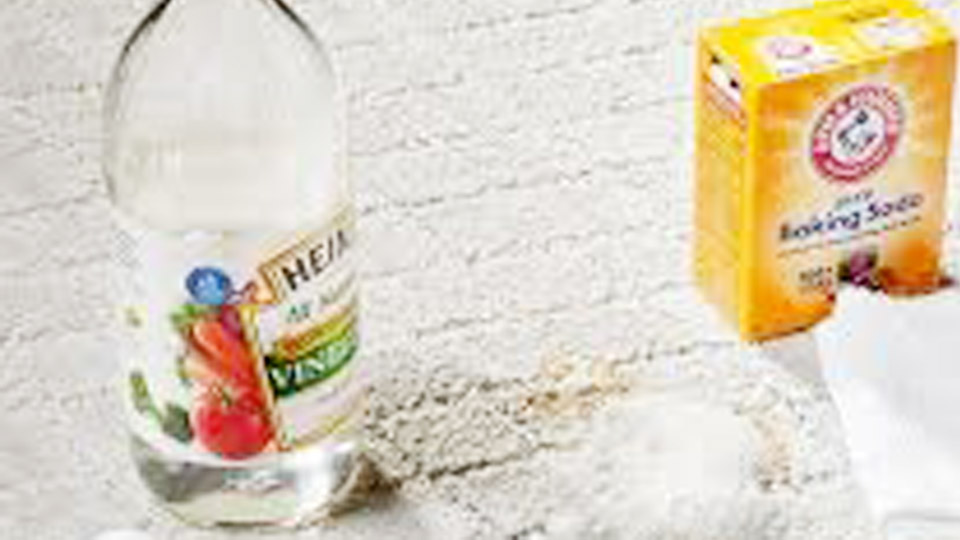
Image by rd
Why Baking Soda and Vinegar Are Rug-Cleaning Heroes
I fell in love with baking soda and vinegar for cleaning when I realized they’re as effective as pricy store-bought products but gentler and safer. Baking soda absorbs odors and lifts stains, while vinegar’s acetic acid cuts through grease and grime. They’re a powerhouse for tackling rug messes like pet accidents, food spills, or embedded dirt.
I once saved a cream-colored rug from a juice stain using this combo, and it’s been my go-to ever since. Plus, they’re eco-friendly and safe for homes with kids or pets, which is a big win for me. Let’s explore how to use these ingredients to clean your rugs effectively.
Understanding Your Rug’s Needs
Before we start, let’s talk about rugs. I’ve cleaned everything from shag to low-pile rugs in my home, and each type needs a slightly different approach. Synthetic rugs, like polyester or nylon, are durable and handle moisture well. Natural fiber rugs, like wool or cotton, are more delicate and can be damaged by too much water.
I learned this when I over-soaked a wool rug and noticed it took days to dry, leaving a musty smell. Always check your rug’s care label or test a small, hidden area first, like under a couch. Knowing your rug’s material helps you clean it safely and keep it looking great.
Gathering Your Cleaning Supplies
To clean a rug with baking soda and vinegar, you’ll need a few simple tools. I keep these in my cleaning caddy for quick access when Max tracks mud or I spill my morning coffee. Here’s what I use:
- Baking soda: Absorbs odors and lifts stains.
- White vinegar: Cuts through grime and deodorizes.
- Warm water: Helps dissolve dirt without harming rugs.
- Liquid dish soap (optional): Boosts cleaning power for greasy stains.
- Spray bottle: For applying vinegar solution evenly.
- Soft-bristle brush: For gentle scrubbing.
- Microfiber cloths: For blotting and wiping.
- Vacuum cleaner: To remove loose dirt and baking soda.
- Bucket: For mixing larger batches.
- Dry towels: To absorb excess moisture.
- Fan (optional): To speed up drying.
These items are affordable and likely already in your home, making this a wallet-friendly cleaning solution.
Step-by-Step Guide to Cleaning a Rug with Baking Soda and Vinegar
This method works for most rugs and tackles everything from odors to stains. I used it to revive my dining room rug after Max left a muddy mess. Here’s how I do it:
Vacuum Thoroughly
I start by vacuuming both sides of the rug to remove loose dirt, dust, and pet hair. I use a vacuum with a brush attachment for delicate rugs to avoid pulling fibers. I go over high-traffic areas twice, as dirt loves to hide there. I once skipped this step and ended up grinding dirt deeper into the rug—never again!
Sprinkle Baking Soda
I sprinkle a generous layer of baking soda over the entire rug, focusing on smelly or stained areas. For my living room rug, I use about 1-2 cups, depending on its size. I let it sit for 15-30 minutes to absorb odors and loosen dirt. This step is like letting a stain remover soak into a countertop—it works better with time.
Mix a Vinegar Solution
In a spray bottle, I mix 1 cup white vinegar with 1 cup warm water. For greasy stains, I add 1 teaspoon of liquid dish soap. I shake gently to combine. For larger rugs, I mix 2 cups vinegar with 2 cups water in a bucket. The vinegar’s fizzing action with baking soda helps lift stains, and the smell fades as it dries.
Apply the Solution
I spritz the vinegar solution lightly over the rug, focusing on stained or soiled areas. The baking soda fizzes when the vinegar hits it, which I love because it shows the cleaning magic at work. I avoid soaking the rug, especially natural fibers, to prevent water damage. For small stains, I use a microfiber cloth dipped in the solution to dab the area.
Scrub Gently
Using a soft-bristle brush, I gently scrub the rug in circular motions, working the solution into stains. For delicate rugs, I use a microfiber cloth to avoid damaging fibers. I once tackled a ketchup stain this way, and it vanished without a trace. I work in small sections to keep things manageable.
Blot and Rinse
I blot the rug with a damp microfiber cloth to remove excess solution and loosened dirt. For tough stains, I rinse the cloth and blot again. I avoid over-wetting, especially on wool rugs, and dry the area with a clean towel. This step is crucial to prevent mold, which I learned after leaving a rug damp too long.
Vacuum Again
Once the rug is dry—usually after a few hours with a fan—I vacuum again to remove any remaining baking soda. This leaves the rug soft, fresh, and free of residue. My living room rug looked vibrant after this step, like it had just come from the store.
Spot-Cleaning Tough Stains
For stubborn stains like wine or pet accidents, I use a targeted approach. Here’s how I handled a coffee spill on my hallway rug:
Make a Baking Soda Paste
In a small bowl, I mix 2 tablespoons baking soda with 1 tablespoon white vinegar and a splash of water to form a thick paste. The fizzing helps lift stains. I adjust the water for a spreadable consistency.
Apply and Scrub
I apply the paste to the stain with a microfiber cloth or soft brush. I let it sit for 5-10 minutes, then gently scrub in circular motions. This paste saved my rug from a red wine disaster during a dinner party. I blot with a damp cloth to remove the paste, then dry with a towel.
Tips for Success
I use this paste sparingly, as baking soda can be abrasive on delicate rugs. I always rinse thoroughly and test a small area first to avoid damage.
Deep Cleaning Heavily Soiled Rugs
For rugs with heavy dirt or odors, like my entryway rug that gets daily abuse, I do a deep clean. Here’s my process:
Vacuum Both Sides
I vacuum both sides thoroughly to remove loose dirt and pet hair. I focus on edges and corners where grime hides.
Apply Baking Soda Liberally
I sprinkle baking soda over the entire rug, using about 2-3 cups for a large rug. I let it sit for 30-60 minutes to tackle deep odors, like Max’s wet dog smell after a rainy walk.
Spray Vinegar Solution
I spritz the vinegar solution (1 cup vinegar, 1 cup water, 1 teaspoon dish soap) over the rug, working in sections. I let it fizz for a few minutes to loosen dirt.
Scrub and Blot
I scrub gently with a soft-bristle brush, then blot with a damp microfiber cloth to lift dirt. I rinse the cloth often to avoid spreading grime. I dry with towels and a fan to prevent mold.
Vacuum and Fluff
Once dry, I vacuum again to remove baking soda and fluff the rug’s fibers. This leaves my rug soft, clean, and odor-free.
Comparing Rug-Cleaning Methods
I’ve tried various methods to clean rugs, and baking soda and vinegar are my favorites. Here’s a table comparing my top approaches:
| Method | Ingredients/Tools | Pros | Cons | Best For |
|---|---|---|---|---|
| Baking Soda & Vinegar | Baking soda, vinegar, water, brush | Natural, odor-eliminating, stain-lifting, budget-friendly | Requires drying time, not for delicate rugs | Most rugs, stains, odors |
| Dish Soap Solution | Dish soap, water, microfiber cloth | Gentle, quick, safe for delicate rugs | Less effective on odors or tough stains | Light dirt, delicate rugs |
| Baking Soda Paste | Baking soda, vinegar, water, cloth | Great for stubborn stains, easy to apply | Abrasive, not for frequent use, needs rinsing | Spot-cleaning tough stains |
| Dry Vacuuming Only | Vacuum cleaner | Quick, no moisture, safe for all rugs | Doesn’t tackle stains or odors | Light dust, maintenance |
The baking soda and vinegar method is my go-to for most rugs, while the paste is perfect for tough stains.
Rug-Specific Cleaning Tips
Different rugs need tailored care. Here’s how I adjust my approach:
Synthetic Rugs
My kitchen rug is synthetic, so I use the full baking soda and vinegar method weekly. It’s durable and handles moisture well, so I don’t worry about over-wetting.
Wool Rugs
My living room wool rug is delicate, so I use less solution and blot more than scrub. I dry it quickly with a fan to prevent musty odors.
Shag Rugs
Shag rugs trap dirt, so I vacuum thoroughly and use a light spritz of vinegar solution. I avoid soaking to keep the fibers fluffy.
Entryway Rugs
High-traffic entryway rugs need deep cleaning monthly. I use the full method and focus on muddy spots from Max’s paws.
Preventing Rug Messes
Keeping rugs clean is easier with some preventative habits. Here’s what I do:
Vacuum Regularly
I vacuum weekly to remove dust and pet hair before they settle. A vacuum with a brush attachment is gentle on delicate rugs.
Use Doormats
I place washable doormats at entryways to catch dirt and mud. I shake them out weekly and wash monthly to keep my rugs cleaner.
Clean Spills Immediately
I blot spills right away with a microfiber cloth and my vinegar solution to prevent stains. This saved my dining room rug from a gravy spill.
Rotate Rugs
I rotate my rugs every few months to even out wear, like rotating my cleaning tasks to keep my home balanced.
Extra Rug-Cleaning Hacks I Love
Here are some tricks I’ve picked up to make rug cleaning easier:
- Baking Soda for Odors: I sprinkle baking soda on pet beds or rugs overnight to absorb smells, then vacuum in the morning.
- Vinegar Spray for Quick Freshening: I keep a spray bottle with vinegar and water for quick spritzes on small stains.
- Fluff with a Rake: For shag rugs, I use a garden rake to fluff fibers after cleaning, keeping them soft and plush.
You’re Ready to Make Your Rugs Shine!
Learning how to clean a rug with baking soda and vinegar has been a game-changer for my home, and I’m thrilled to share this method with you. From tackling Max’s muddy paw prints to erasing coffee spills, this natural duo has kept my rugs fresh and vibrant.
With my step-by-step guide and tips, you can clean your rugs with confidence, even during the busiest weeks. Your home deserves to look and feel amazing, and you’ve got the tools and know-how to make it happen.
Frequently Asked Questions
Can I use apple cider vinegar instead of white vinegar on rugs?
I stick to white vinegar because apple cider vinegar can leave a sticky residue and isn’t as effective. White vinegar ensures a clean, odor-free rug.
Will baking soda and vinegar damage my rug?
When used properly, like in my recipes, they’re safe for most rugs. I avoid over-wetting delicate rugs like wool and always test a small area first.
How often should I clean my rug with this method?
I clean high-traffic rugs monthly and others every 2-3 months. For maintenance, I vacuum weekly and spot-clean as needed.
What if my rug still smells after cleaning?
Lingering odors might mean trapped dirt. I sprinkle more baking soda, let it sit overnight, and vacuum again to freshen it up.
Are these cleaners safe for homes with pets or kids?
Yes, my baking soda and vinegar cleaners are non-toxic and safe. I ensure the rug is dry before pets or kids walk on it to avoid tracking dirt.

